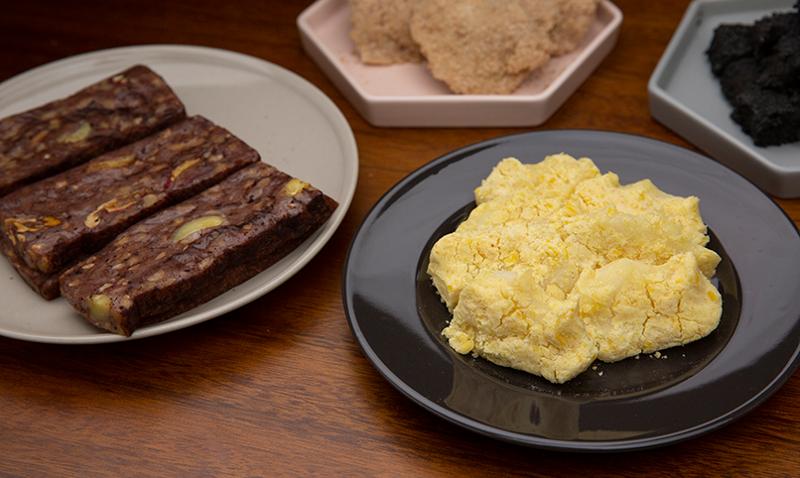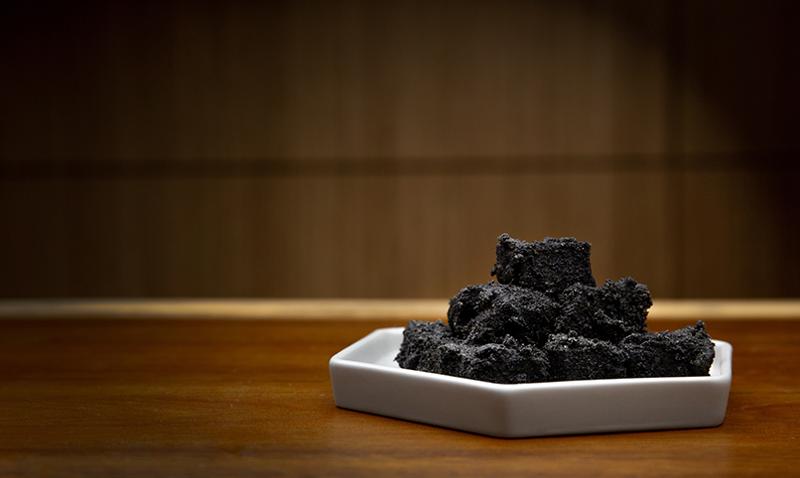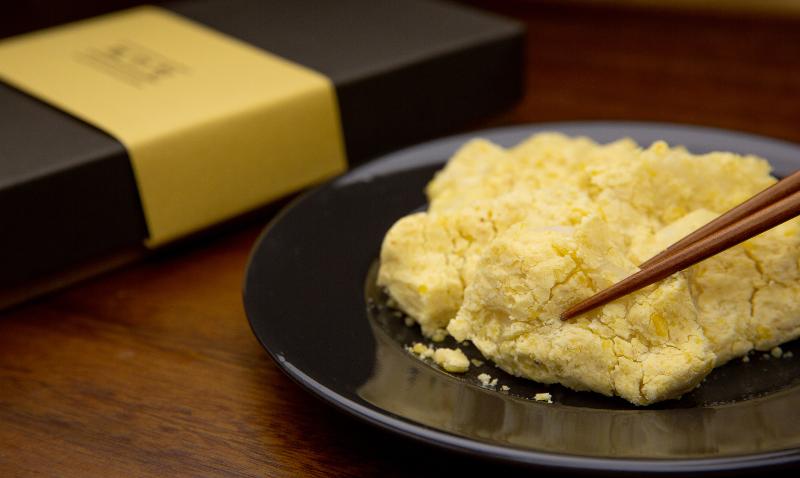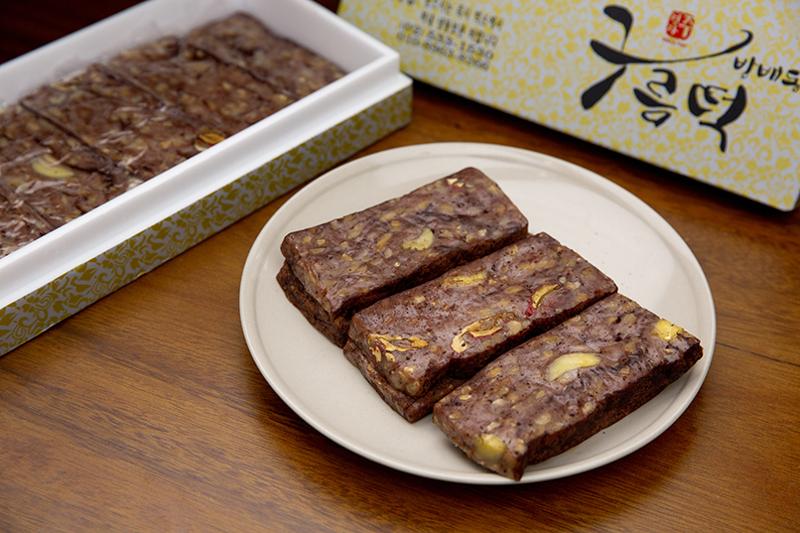
Seollal (Lunar New Year), one of Korea's two biggest holidays, features the tradition of sharing tteok (rice cake) with family, relatives and neighbors.
By Xu Aiying and Yoon Hee Young
Seoul | Jan. 29, 2021
Photo = Kim Sunjoo
Feb. 12 is Lunar New Year's Day or Seollal, one of Korea's two biggest holidays.
The leading Korean food served on this day is tteokguk (rice cake soup), but also a tradition on this occasion is an array of tteok for sharing with family, relatives and neighbors. The proverb "Give a big rice cake, get a big rice cake," Korea's version of the saying "What goes around comes around," originated from the tradition of sharing rice cakes.
Tteok Museum President Yoon Sook-ja said, "The tradition of making and sharing rice cakes with family and neighbors with love and consideration stems from a sense of community," adding, "The custom of sharing food, especially tteok, emerged as a means to convey the sharing of joy and consolation of sadness."
Korea.net visited three leading tteok stores in Seoul ahead of Seollal.

Heukimja injeolmi (black sesame rice cake) is the signature product of Apgujeong Gongju Tteokjip in southern Seoul's Sinsa-dong neighborhood.
Heukimja injeolmi (black sesame rice cake) at Apgujeong Gongju Tteokjip
Heukimja injeolmi (black sesame rice cake) is the signature product of Apgujeong Gongju Tteokjip, which is in the hip Sinsa-dong neighborhood of southern Seoul. A savory aroma fills the room after the package of the rice cake covered with powdered black sesame is unwrapped. One bite of the moderately nutty and sweet black sesame, complemented by the chewy texture of rice cake, creates an unforgettable taste.
This rice cake with powdered soybean is also popular for its delicate nutty aroma and ginger flavor. It also maintains its soft texture even after being thawed from prolonged refrigeration.

Atelier Dosuhyang in Seoul's Sinsa-dong neighborhood is famous for its North Korean-style rice cake injeolmi.
North Korean-style injeolmi at Atlier Dosuhyang
Atelier Dosuhyang, also in Sinsa-dong, is famous for its North Korean-style injeolmi, a rice cake type different from those commonly made with soybean flour. It uses mung beans as powder to bring out a fresher and neater flavor. To make this type of injeolmi, pound the dough of soaked glutinous rice with a stone jeolgu, a utensil used to pound rice cake dough. Then cut the rice cake loaf into big chunks, cover each loaf with white geopipat (red bean powder) and shape it properly by hand.
This rice cake is popular as a gift due to its sophisticated packaging. Early preorders are recommended given higher demand before and during major holidays such as Seollal and Chuseok (Korean Thanksgiving).

Gureum Tteok in southern Seoul's Bangbae-dong neighborhood is famous for gureum tteok (cloud-shaped rice cake) featuring steamed glutinous rice powder made with chestnuts, dates and other ingredients.
Opened in 1997, Gureum Tteok in southern Seoul's Bangbae-dong neighborhood is highly popular among Seoul residents.
The store's signature rice cake is made of steamed glutinous rice powder with chestnuts, dates and other ingredients, covered with red bean or black sesame powder and then hardened into a square frame.
While hardening, the rice cake sees natural layers created due to the stickiness and stretchiness of the glutinous rice. Its name gureum (cloud) tteok comes from the cloud shape its layers take when sliced. Also full of nutrients thanks to an array of nuts including chestnuts, walnuts and pine nuts, this treat is beloved by everyone.
xuaiy@korea.kr